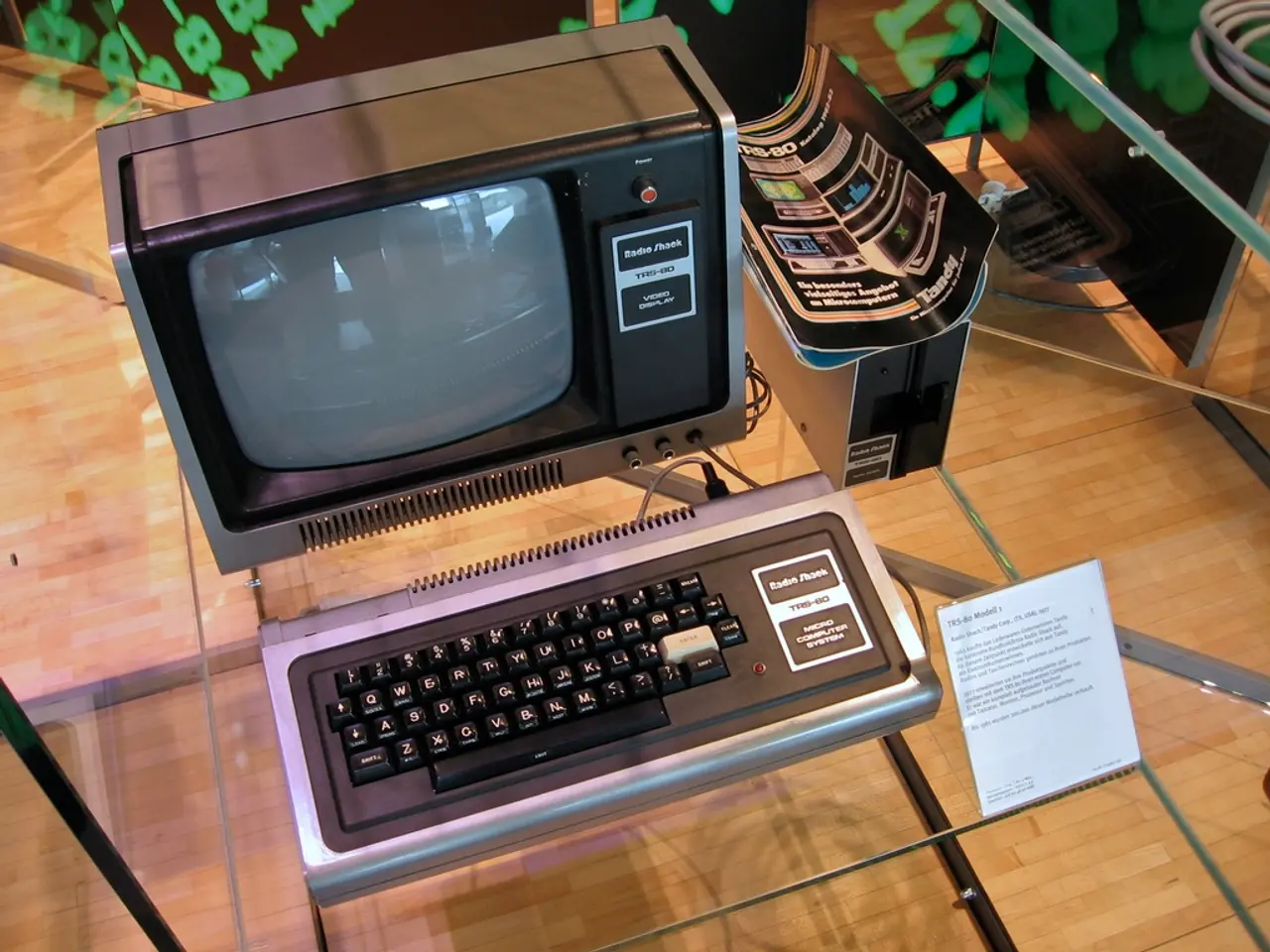Revolutionary Advancements in Healthcare Through Medical PCBs
In the realm of medical technology, groundbreaking advancements are being made in the field of micro-miniaturization. These innovations are set to revolutionize the way we treat various health conditions, offering less invasive, more precise, and patient-friendly treatment options.
One of the most promising areas of research is the development of wearable, flexible, and portable ultrasonic devices. These devices, designed to noninvasively target brain regions, hold great potential for the treatment of conditions like Alzheimer’s disease. By breaking down amyloid plaques, these systems offer stable operation and spatiotemporal control, all within a highly compact form factor. This enables continuous patient-friendly therapy outside of hospital settings [1].
Another significant development is the use of flexible neural probes with conductive polymer microelectrodes, such as PEDOT:PSS. These probes offer promising alternatives to rigid implants for chronic brain stimulation and recording. They allow selective microstimulation with very small electrodes that safely deliver high charge densities without damaging surrounding tissue, overcoming key miniaturization challenges thanks to advances in material science. They can record signals at both network and individual neuron levels, increasing therapeutic capabilities for neurological disorders [3].
Progress is also being made in the area of secure connectivity and in-sensor intelligence for resource-constrained smart wearables and implants. This enhancement of implanted device communication and monitoring capabilities while minimizing size and power consumption is a crucial step forward [4].
Conceptual technologies include implantable networks of wireless biosensors utilizing protocols like Zigbee and Bluetooth for remote drug delivery and sensing, though some details remain speculative or less established in clinical contexts [2].
These state-of-the-art micro-miniaturization advances combine novel flexible materials, integrated electronics, and intelligent wireless control to create ultrasmall, safe, and effective implanted devices for electroceutical and pharmaceutical applications.
In the world of medical electronics, Printed Circuit Boards (PCBs) play a crucial role. Given the unique constraints of medical devices, such as size, power usage, and signal integrity, medical PCBs are highly specialized. They are found in a variety of medical devices, including pacemakers, defibrillators, MRI machines, CT scans, ultrasonic equipment, body temperature monitors, blood glucose monitors, and electrical muscle stimulation equipment. Many medical PCBs are high-density interconnects (HDI PCBs) [5].
Medical PCBs are subject to stringent safety and quality standards, such as those published by the International Electrotechnical Commission (IEC), International Standards Organization (ISO), US Food and Drug Administration (FDA), and Federal Communications Commission (FCC). For instance, IEC 60601-1 covers basic safety and essential performance for all medical electrical equipment, including electromagnetic compatibility and protection for diagnostic use of X-rays [6].
ISO 14971:2007 standards apply throughout all stages of the life-cycle of a medical device, including in vitro diagnostic (IVD) medical devices. ISO 13485 is a standard for Quality Management Systems (QMS) specific to the medical devices industry [7].
Under the US FDA, all manufacturers, distributors, repackagers, relabelers, specification developers, reprocessors, single-use devices, importers, and exporters are required to register their organization with the FDA. The Center for Devices and Radiological Health (CDRH), a subset of the FDA, is responsible for regulating firms who manufacture, repackage, relabel, and/or import medical devices sold in the United States [8].
As these advancements continue to shape the medical landscape, it's clear that they are a significant factor in the rising success rates of healthcare. Medical PCBs, with their transformative impact, have made medical situations less prone to misjudgment, contributing significantly to the overall improvement in healthcare outcomes.
References:
- Wearable, Flexible, and Portable Ultrasonic Devices for Brain Stimulation
- Implantable Wireless Biosensors for Remote Drug Delivery and Sensing
- Flexible Neural Probes with Conductive Polymer Microelectrodes for Chronic Brain Stimulation
- Secure Connectivity and In-Sensor Intelligence for Resource-Constrained Smart Wearables and Implants
- The Role of High-Density Interconnect (HDI) PCBs in Medical Electronics
- IEC 60601-1: Basic Safety and Essential Performance
- ISO 14971:2007 and ISO 13485: Quality Management Systems for Medical Devices
- FDA Regulations for Medical Device Manufacturers
Science and health-and-wellness intertwine as innovations in medical technology, such as wearable ultrasonic devices for brain stimulation (Reference 1), flexible neural probes for chronic brain stimulation (Reference 3), and secure connectivity for resource-constrained smart wearables and implants (Reference 4), work towards addressing medical-conditions like Alzheimer’s disease and neurological disorders. These advancements contribute significantly to the overall improvement in healthcare outcomes, making medical situations less prone to misjudgment and playing a crucial role in the rising success rates of healthcare.




